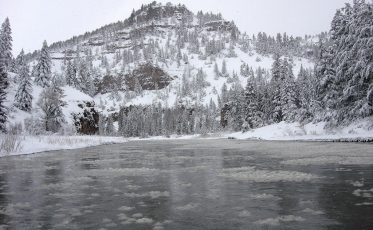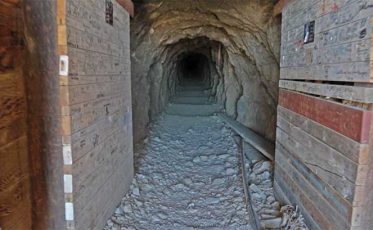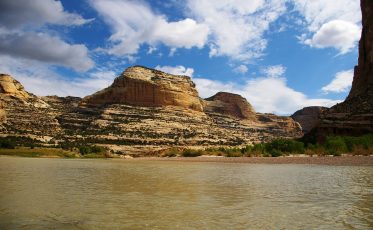Preparing to Climb Denali: Words from a First-Timer
 Training hike up Wolverine Peak overlooking Anchorage
Training hike up Wolverine Peak overlooking Anchorage
Denali – they don’t call it “the tall one” for nothin’. Standing at 20,310 feet, it’s swarmed with climbers every spring looking to grace the summit and make a safe descent back to the hippie-town of Talkeetna, Alaska. So, just what does it take to ready yourself for this big, beautiful mountain? Well, as a first-timer on this peak, I’ve combed through articles, talked with experienced friends, and read books to find the answer for my upcoming attempt. What I’ve found is it’s easy to get information overload, but with some concerted effort I’ve sorted out the good, the bad, and “absolutely must know.”
Assemble your team
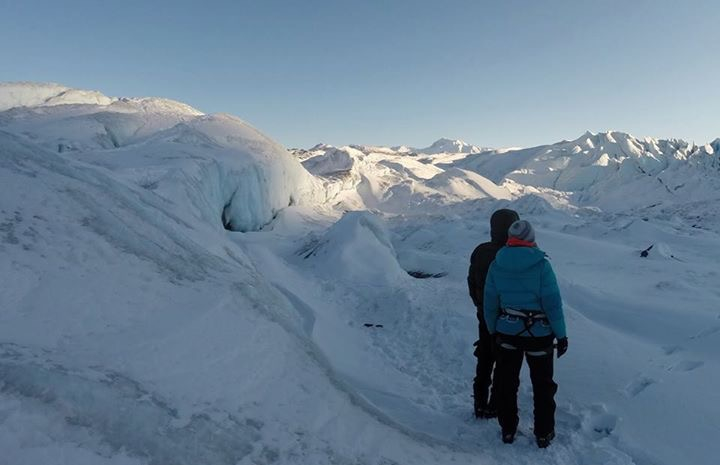 Gear testing and glacier travel practice on Mat-Su Glacier in Southcentral Alaska
Gear testing and glacier travel practice on Mat-Su Glacier in Southcentral Alaska
Team dynamics matter. This goes for any mountain and in many cases can make or break a trip. Having control over this is largely dependent on whether your expedition will be guided or independent. Nevertheless, having a general good vibe amongst team members will have a large impact on your success and, perhaps more importantly, how you define success as a team.
In short, take the time to find your climbing partners. Work together and set goals you all agree on. For starters, define what will make everyone feel successful. Any seasoned climber will tell you that summiting is not the number one goal. A focus on safety and maintaining good relationships trumps a summit, although this is often a happy outcome of prioritizing healthy dynamics and solid communication.
On a guided trip you may not have the luxury of hashing out team dynamics beforehand. But, this is a tradeoff for the experience, safety, and immense knowledge a guide provides. There are currently only six companies authorized to guide Denali, so keep that in mind as you are scouting. And, while you may find other imposters on the web, the National Park Service ultimately holds you responsible for using a reputable guide.
Get your gear ready
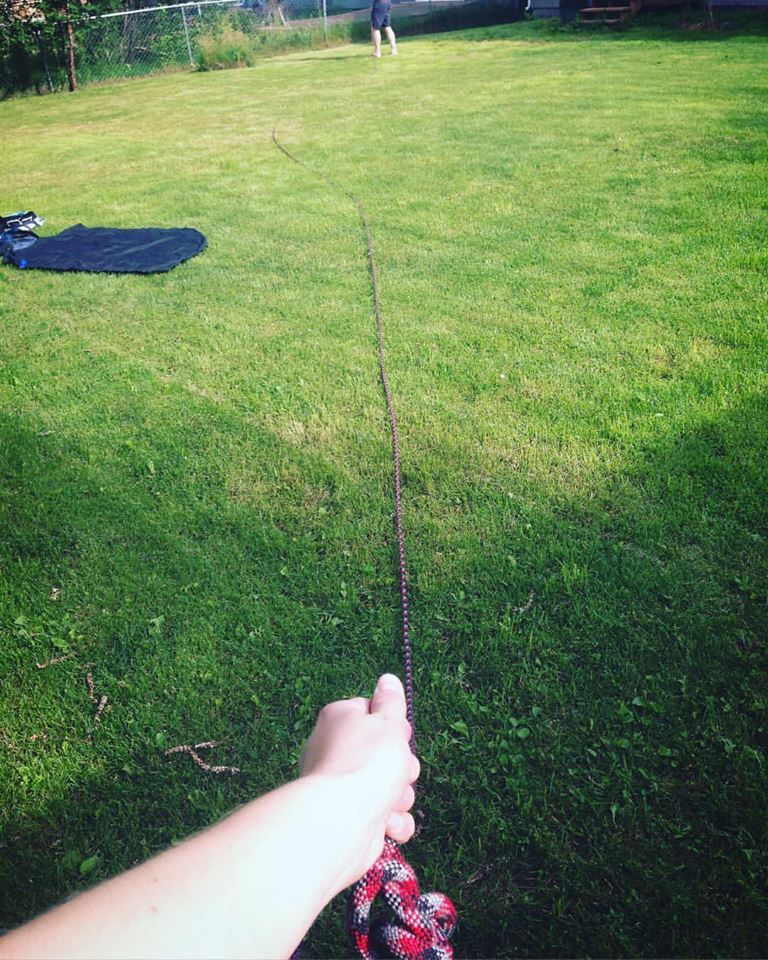 Rope management practice in the backyard
Rope management practice in the backyard
Hopefully you’ve given yourself enough time to acquire all the gear slowly. For anyone who’s not independently wealthy, spreading out costs over time is an effective way to ease the financial burden of mountaineering. Of course, if you’ve climbed before, you likely have a fair amount of what you’ll need already.
As a first step, take inventory and compare it to a gear list of any of the major guiding companies. Make a separate list of what you don’t have and get to work sleuthing for great deals, sales, and anyone willing to loan you gear.
Start training
I’ve divided my Denali training into two separate components: physical and technical. To climb any mountain, and certainly one of this caliber, being in peak physical shape is a must; don’t expect to hop on the Stairmaster twice and be ready. When it comes to resources on this topic, I’ve loosely followed the training tenants of Steve House’s Training for the New Alpinism.
Then there’s the technical, the part that has to be built through experience. Denali’s guiding companies strongly recommend climbers have experience on other mountains and are well versed in glacier travel. Put simply, Denali shouldn’t be your first mountaineering experience. Even an attempt on the peak’s least technical route, the West Buttress, should be approached with several other high-altitude climbs and formal courses in glacier travel under your belt.
Get your head right
Get yourself mentally prepared. Know the literature, know your knots, know your gear and – most importantly – know yourself. All of the reading, winter camping, and gym sessions in the world won’t mean a thing if you’ve done your internal homework. Take mental inventory as you prepare and don’t shy away from the hard questions:
Are you ready for the challenge?
Have you prepared to the best of your ability?
How will you handle yourself when things get hard?
At the end of the day, you know yourself best. Prepare in every possible way and be ready for the challenge and fun that lies ahead.
Looking for other resources? I recommend these:
- Denali’s West Buttress: A Climber’s Guide to Mt. Mckinley’s Classic Route
- Glacier Mountaineering: An Illustrated Guide To Glacier Travel And Crevasse Rescue
- The Mountaineering Handbook: Modern Tools and Techniques That Will Take You to the Top
Training Hikes and Climbs:
Wolverine Peak 61°09’19.6″N 149°38’59.7″W
Near Point 61°08’09.5″N 149°36’48.6″W
Both peaks are located within Anchorage city limits, making them ideal for training hikes when time is scarce. They serve as great places to practice self-arrest or just practicing ascending and descending with a weighted pack.
Mat-Su Glacier 61°39’21.1″N 147°34’51.8″W
Just a couple hours outside of Anchorage, this icy playground is a great place to practice glacier travel, crampon walking, and winter camping.
Mt. Rainier 46°51’08.9″N 121°45’37.3″W
Although outside of Alaska, this well-known Washington peak is highly glaciated and over 14,000 feet high making it a great place to learn glacier travel and altitude skills before hitting the big one.


